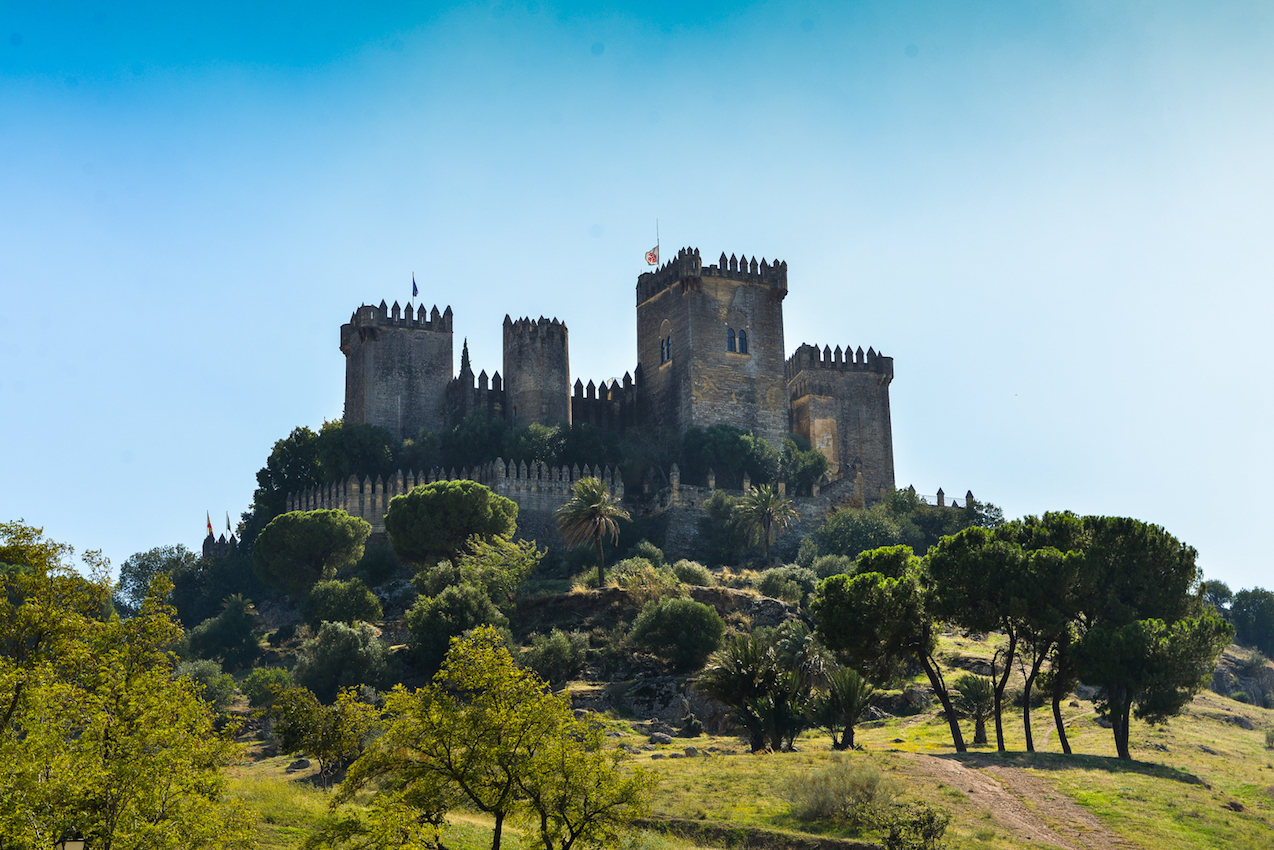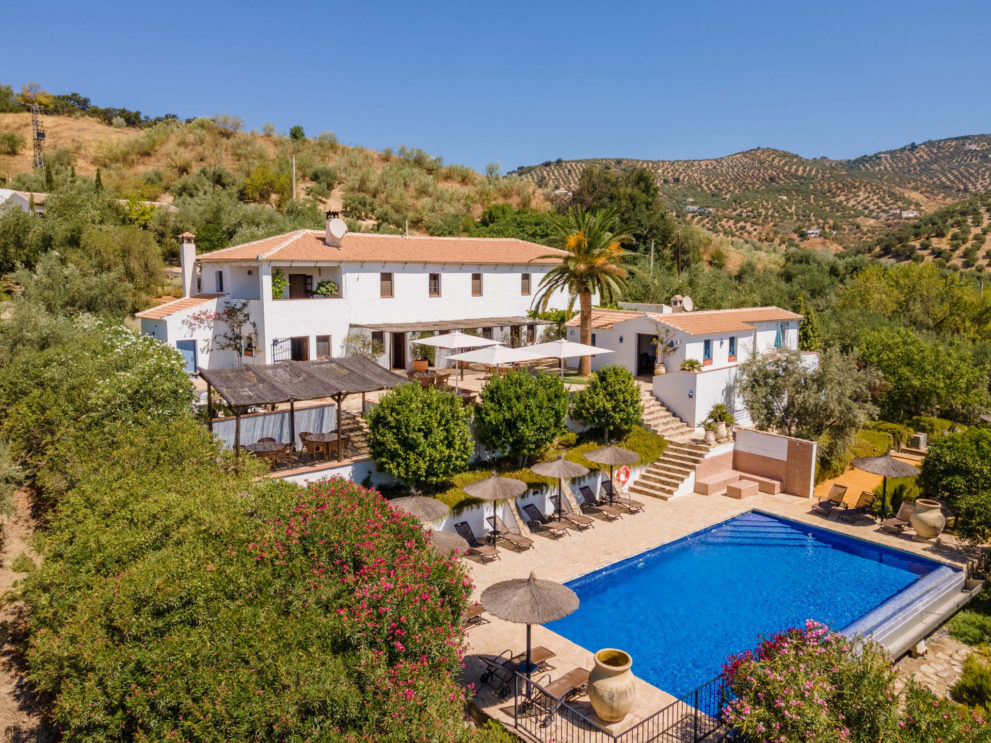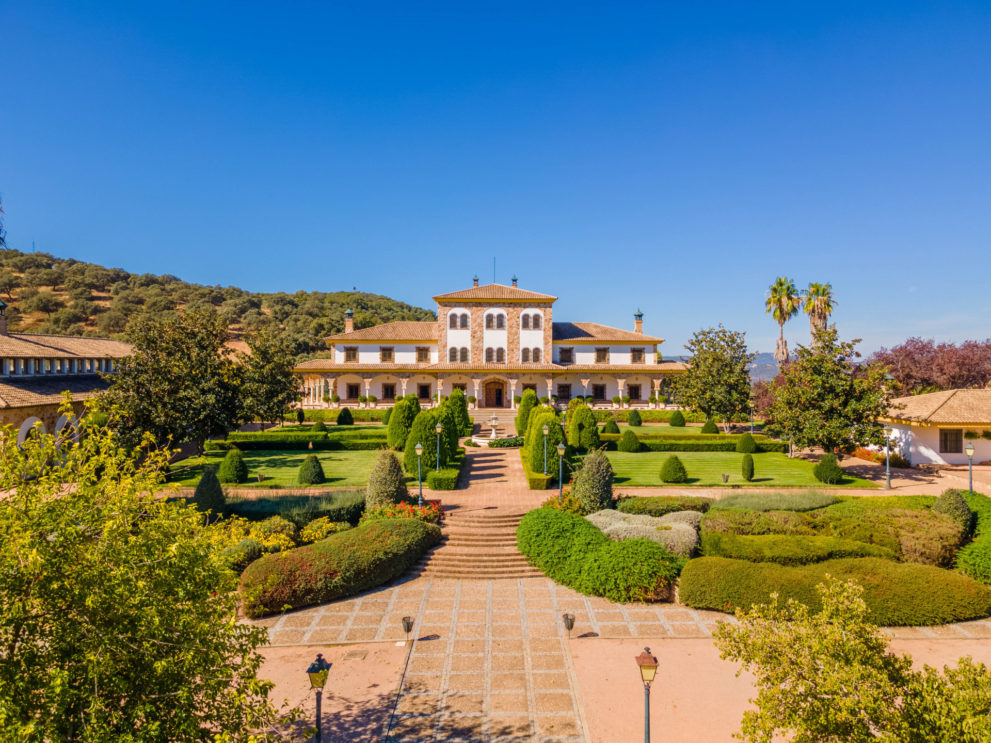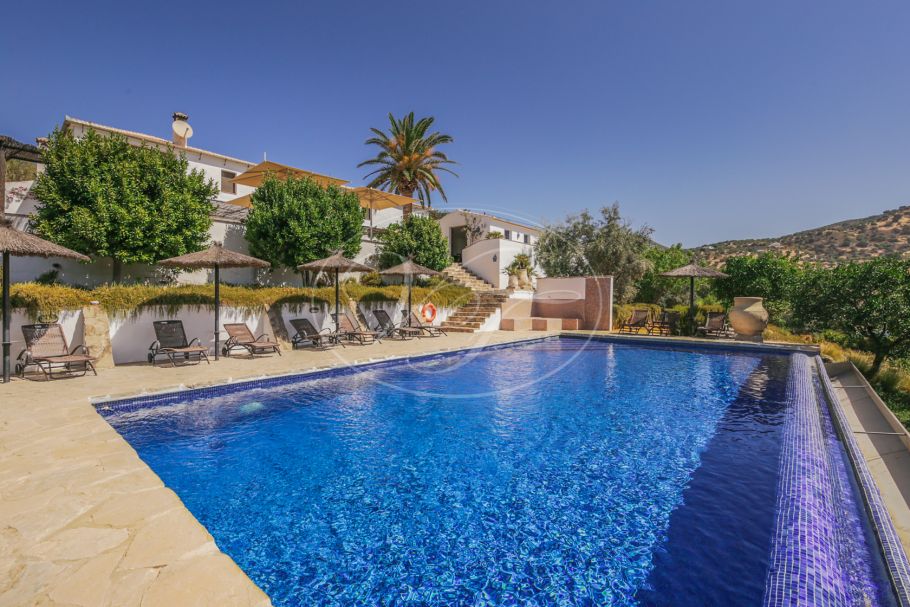Cordoba is such a rich and interesting province! Did you know it used to be the capital of the Moorish Spain, Al-Andalus? This province is highly visited by many, but not only for its rich culture. Cordoba is al about authenticity, they extract the essentials of life. One can choose to emerge in a beautiful, historic city centre, or to be surrounded by extensive vineyards and olive groves. In this guide you can find all the information you need to know about the ins and outs of Cordoba province.
Is Cordoba a good place to live?
Cordoba has experienced a lot over the years making it an immensely authentic province. Hence Cordoba’s very rich culture and splendid architecture.
It has history and traditions which have been practised for decades or even centuries! It has a very grandiose culture, and the civilians are welcoming and loving people. The city centre offers a plethora of bars which ensure a great night out. Furthermore, day trips to the surrounding typical white villages provide the full Andalusian lifestyle experience.
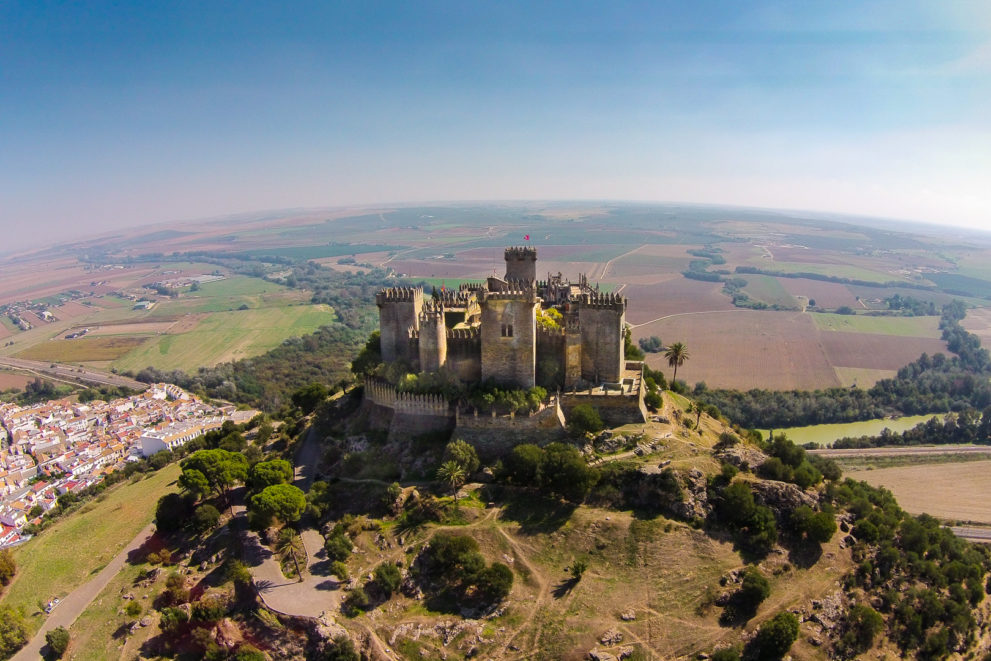
Living in Cordoba
Cordoba seriously is a great province to visit, and many people do, but what is it like to live in Cordoba? Let me tell you. To live in this beautiful province means you won the lottery! This province is a complete package, from which you can extract anything you wish. Cordoba is known for the high quality of life, the history reflected in its charming old streets and architecture. Cordoba is famous for attracting countless cultures whom share their lives together.
Living further inland means having a much more tranquil atmosphere. It doesn’t get as crowded as the coast does. Furthermore, a major plus point is that whenever you do crave a more lively day, or weekend get-away, the coast is between 1 and 2 hours away and the Sierra Nevada is at a 2 hour drive! Everything is within easy reach so you get to enjoy the marvels of both lifestyles.
Imagine what it would be like to own your own your dream home in Cordoba. Perhaps a cortijo with a large olive grove. Or perhaps, an authentic, historic hacienda. Maybe even a Cortijo with your personal vineyard.
What is the history of Cordoba?
Spain was conquered in the 8th century by the Moorish troops. The conquest began in the south of the Spain and eventually the whole Iberian Peninsula was taken. Cordoba became the capital of the Omeya Caliphate in the 10th century. Some like to believe that when the Moors arrived, the Iberian Peninsula was liberated by the Visigoths, rather than conquered.
Upon arrival, the society became a free one, where cultures and knowledge were constantly exchanged with one another. People from all over the world wanted to live in Cordoba and its surroundings because it was the centre of economic prosperity as well as trade.This all happened a long time ago, of course, but still today, the reign of the Musulman Kingdom is reflected in the culture, the gastronomy and in the architecture left behind.
One of the most important monuments that have remained is La Mezquita, the mosque. Interestingly, what is now a mosque was originally meant to be a Visigoth church, built upon the remains of a Roman temple. This mosque is now a monument, so it is not used for its innate purpose. However, after all, it is the largest one in the entire world! One can also identify the Arab style in the details of the people’s homes. Even some streets or floors were or have been decorated with mosaics, with the purpose of keeping the history in our lives.
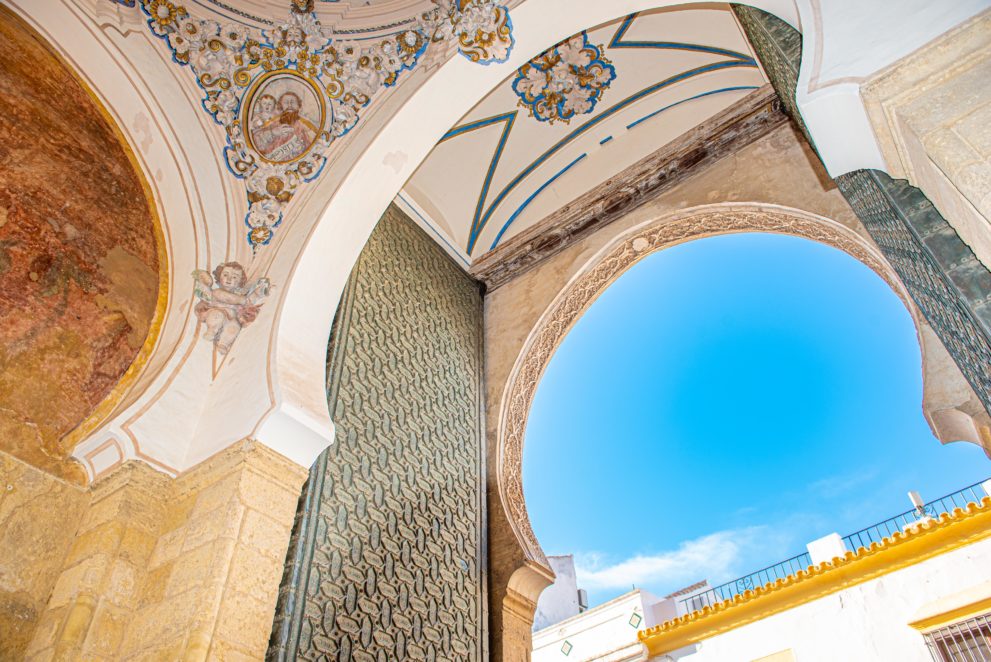
Where does the Andalusian gastronomy originate?
Gastronomy emerged in Cordoba’s villages. Cordoba is known for two main things, apart from its history: wine and olive oil. Wine is at its best in Montilla, and extra virgin olive oil is spectacular in Priego de Cordoba.
Vineyards & Wineries
Montilla is a village located in Campiña Sur, solely 40km from Cordoba centre, among countless vineyards and olive groves. It has become famous for the quality of their Pedro Ximénez grapes. It is from these grapes that the delicious wine from Montilla is produced. Within this village, the Wine Fair of Andalusia is held, also known as ‘Vendimia’ in Spanish. It is here where the first must is created by squashing the grapes with their feet, and it is offered to the Virgin of the Vines.
Olive groves
Next, the olive oil. Cordoba is the province where the largest olive groves of the world are located! The place within Cordoba where the best olive oil is produced is undoubtedly Priego de Cordoba. Many consider it the mecca of Extra Virgin Olive Oil. The olive oil produced in this region has received over 400 prizes from all over the world! The extra virgin olive oils are made from the Hojiblanca, Picudo and Picual varieties.
What cannot be denied is that in Priego de Cordoba they produce the best olive oil. However, this should not intimidate or prevent anyone from starting a new life here, with an olive grove. Many of our clients have successfully and happily started their own business and live the ultimate Andalusian life in their cortijos.
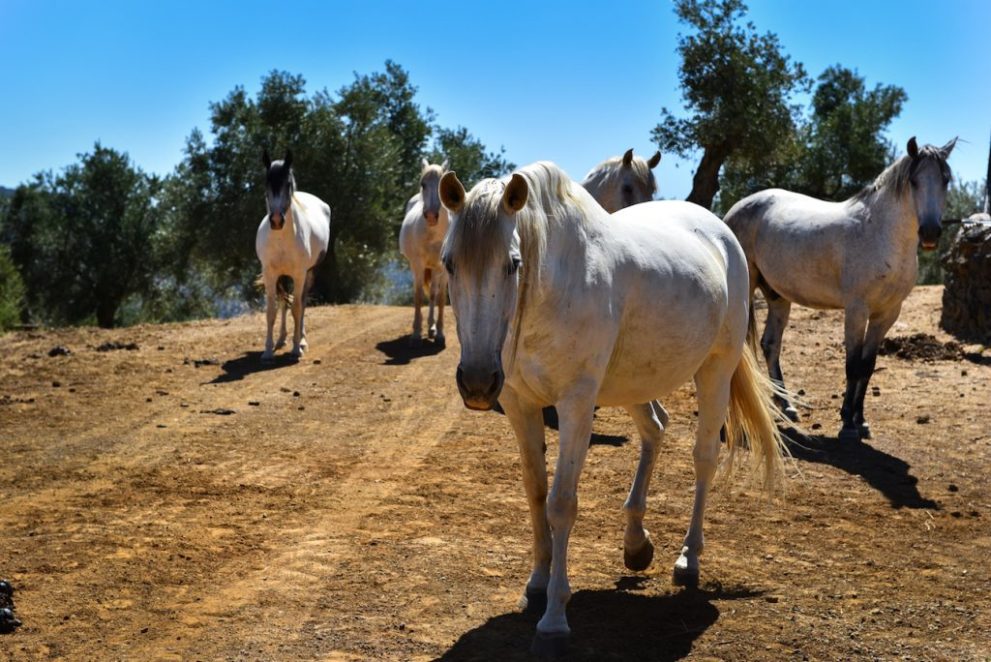
What to do in Cordoba?
In the province of Cordoba, there are two natural parks that will make your heart skip a beat. One of them is the Hornachuelos, and the second is the Montoro. The Hornachuelos Natural Park is very dense, meaning many different species inhabit the park. Some of them are black vultures, golden eagles, and black storks. The famous Iberian Lynx also inhabits this park, as well as the wolf. Also, the Montoro Natural Park shelters the endangered lynx and the rare wolf. Both these parks are located in the beautiful landscape of the Sierra Morena.
The Sierra Morena has dense forests with many different species, therefore, it is a paradise for hunters. The Sierra Morena offers possibilities for both big game and small game. This combination results in beautiful and large hunting estates located in the province of Cordoba.
What type of climate does Cordoba have?
Since Cordoba is still in Andalusia, the climate is still the Mediterranean. However, due to the fact that it is further away from the sea, temperatures can fluctuate heavily. Summers tend to be very warm, with temperatures that sometimes surpass 40 °C. On the other hand, winters can be quite cold.
There is a unique microclimate with high precipitation rates and temperature variations up in the mountains of Cordoba. What is interesting, is that the olive trees have developed a resistance to extreme climatic conditions and are able to withstand anything!
After you have visited Cordoba, you will know that she is right for you. Cordoba is beautiful and full of authenticity and history. Cordoba is exactly right for you if you adore the vast openness, the best olive oil and a warm and loving culture.
Danielle Ernstsen | 13th December 2022
